The relationship between entertainment works and fandoms is a strange beast. In most cases, the typical intransigence of fans of a successful IP de facto (and sometimes de jure, considering commercial results) condemns any iteration that tries to surpass the threshold set by the previous ones, which are immutable, often packaged in trilogies, and shine with their own light, and which, according to fans, do not require further installments.
Just think about Star Wars in cinema, or the “fourth” installments of equally stellar sagas, such as Mass Effect Andromeda, and it immediately becomes clear that attachment to a brand leads to hatred for the “afterwards” (some might say “dealing in absolutes”).

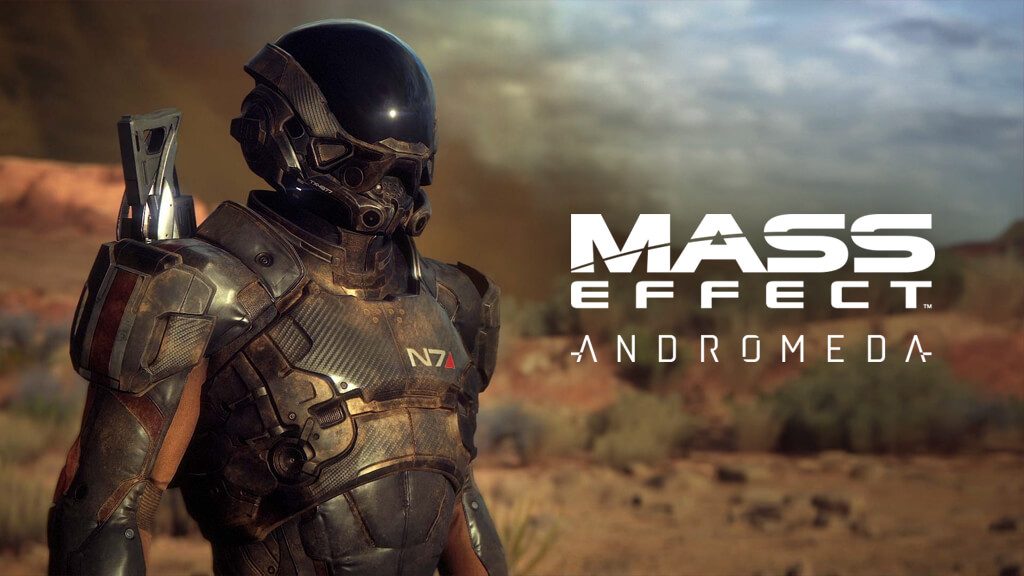
Halo has followed a somewhat different, dare I say peculiar, path. After the classic trilogy (Halo 1, 2, and 3), and the perfect prequel (Halo Reach), Bungie passed the baton to 343, which generated a lot of skepticism. It was clear that it would be incredibly difficult to compete with the ones who successfully brought FPS games to consoles, laying the foundation for modern shooters with open-world settings.

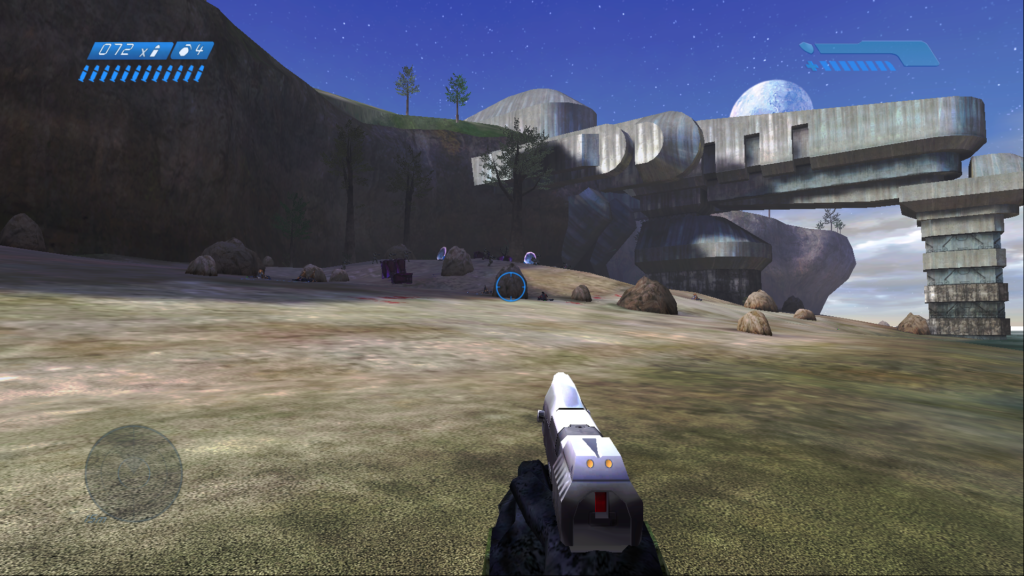
Then we had Halo 4, a chapter that I consider one of the most successful. An uncompromising technique, despite the cross-gen nature of the code, and a plot enriched by a finally human John, with a layered, complex, contradictory background – in a word, mature.
Halo 4 was well received by critics, but not so much by fans, who started to long for the previous management. A real shame, in my opinion, because the plot of Halo 4 lays the groundwork for an enticing narrative course, face to face with the Precursors, so often mentioned in the previous trilogy. As is often the case, the lukewarm response from fans leads to a substantial change of direction, which materializes in Halo 5 Guardians. In truth, before its release, there was a lot of confusion at 343, probably due to the pressure they received following the release of the fourth episode, and the threat of development hell loomed within the studio. And indeed, the stark discrepancy between the first trailers released and what is seen in the final result clearly demonstrates the creative disorder that led the studio to change plans on the fly, starting from an overly diminished Master Chief vs. Locke confrontation and a somewhat disconcerting “change of villain,” causing disappointment to those who expected further developments regarding the Didact and the Librarian.

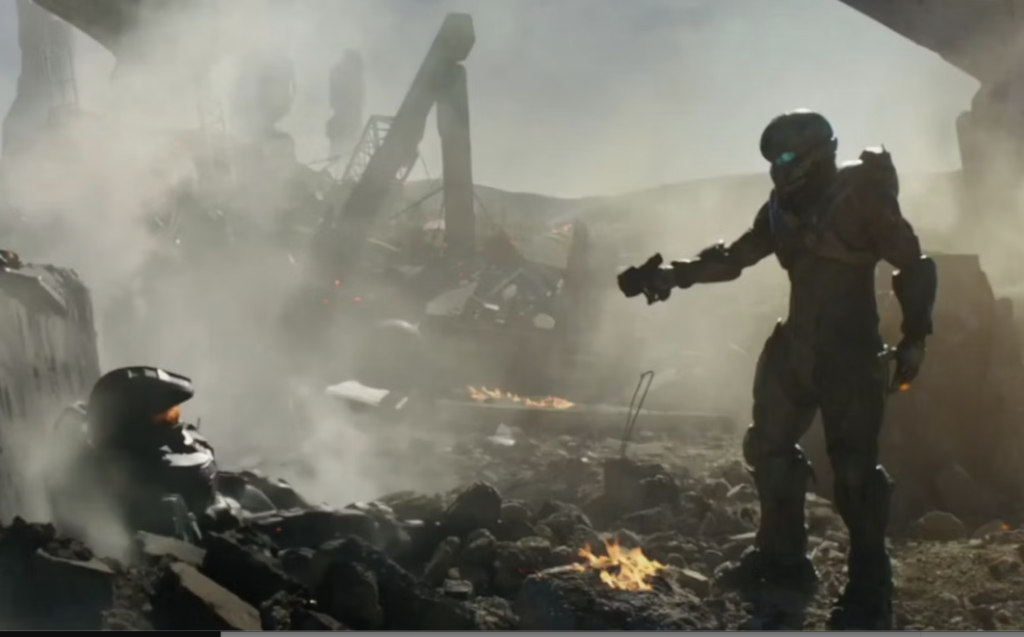
However, Halo 5 concluded its epic story with a thrilling finale, an unexpectedly enjoyable twist, laying the groundwork for, in my opinion, decidedly intriguing premises that could have led players to very interesting narrative horizons: a clash between the Created and a new Covenant/Human alliance? A resistance relentlessly pursued in a life-or-death struggle against the omnipotence of the new villain? New dilemmas tormenting the mind of poor John, as if the battle itself wasn’t exhausting enough?
None of this happened.
The story is well known to those familiar with the medium: the pre-penultimate creative effort of 343 delivered the worst disappointment in the history of Halo, and it is perhaps here that the sine wave reaches its lowest point. Immediately, talk of a spiritual reboot, of focusing exclusively on Master Chief again, of a return to the origins starts circulating. All statements that have sparked considerable concern in me from the very beginning. Until the release, six years later, of Halo Infinite.
The absence of a number next to the name of the saga doesn’t lie: it is a soft reboot that seeks to replicate the glorious results of God of War 2018. A letter of apology to the fans, with nostalgic photos of the best memories from the first installment (the Silent Cartographer mission) and a concluding note that reads roughly like this: do you want to get back with me? YES [] NO [].
The six years of development, one of which was requested loudly by those who had witnessed the initially disappointing campaign trailer, are a clear testament to the development hell that the studio fell into, with a tenacious Microsoft behind them, willing to do anything to recoup the $500 million spent.
At the release of the free-to-play multiplayer first, and then the campaign, the crowd goes wild: once again in the shoes of Master Chief, once again on a Ring, with every nook and cranny evoking the elements of the very first chapter with extreme force, all packaged in an open world that isn’t really open: a large map dotted, but not overly so, with repetitive side activities and intriguing story missions, with a golden path serving as a guide.
However, it is impossible not to feel, with great regret, the disappointment in the total lack of variety in biomes, side activities, and enemies. Witnessing slowdowns, frame pacing issues, pop-ups, a scarcity of on-screen elements, uncertainly animated cutscenes, hands with a weird old Quake 2 vertices effect (see this), on a high-end PC capable of effortlessly running the much-hated Cyberpunk 2077 was heartbreaking. It is clear, perhaps for more than one installment by now, that Halo is no longer the technical excellence stronghold it was back in the days of the very first Xbox.
What then is beautiful about Halo Infinite? Gunplay, first and foremost: exceptional, impeccable. The repetitiveness of side missions immediately takes a backseat to the pleasure of using the weapons crafted by the team. And the open world, although mediocre in structure, seamlessly aligns with the nature of the saga, which was, in fact, open before open worlds became the standard in video games. All of it lubricated to perfection, thanks in part to the grappling hook, an innovative element implemented flawlessly, capable of making the player effortlessly dance across the map. A successful gameplay experiment that brings to mind what was done with the Phantom Pain in the Metal Gear saga (remaining, of course, within the realm of playability). A natural evolution towards the perfection of playing as Master Chief.
Fortunately, the soft reboot doesn’t disregard what was narrated in previous iterations of the franchise. It changes course with force, hastily concluding previously opened issues and spreading the wings of a new narrative direction. However, not everything has been handled perfectly: when so much off-screen storytelling is relied upon, along with a plethora of audio logs covering many narrative gaps, hiding behind the excuse of narrating in medias res, it generally means that something went wrong. And once again, memories of Phantom Pain come alive in the mind. There is much concern in this regard, for two reasons: the success of the multiplayer (although slightly diminished in recent weeks) and the professional departure of the Lead Narrative Designer of Halo Infinite could compromise the feasibility of what was previously promised by 343 regarding the treatment as a “platform in continuous evolution for the next 10 years,” which would bring new, not entirely clear, “narrative content”: a new campaign? Or maybe a new series of campaigns implemented on the same engine, similar to what is done with its cousin, “Destiny 2”?
Again, none of this happened.
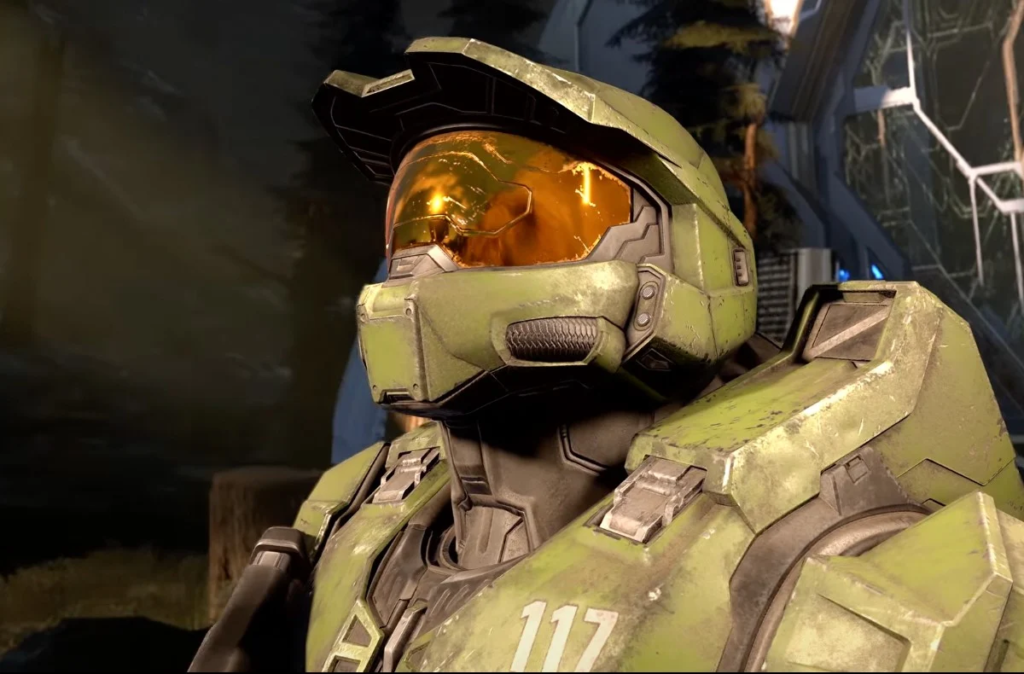
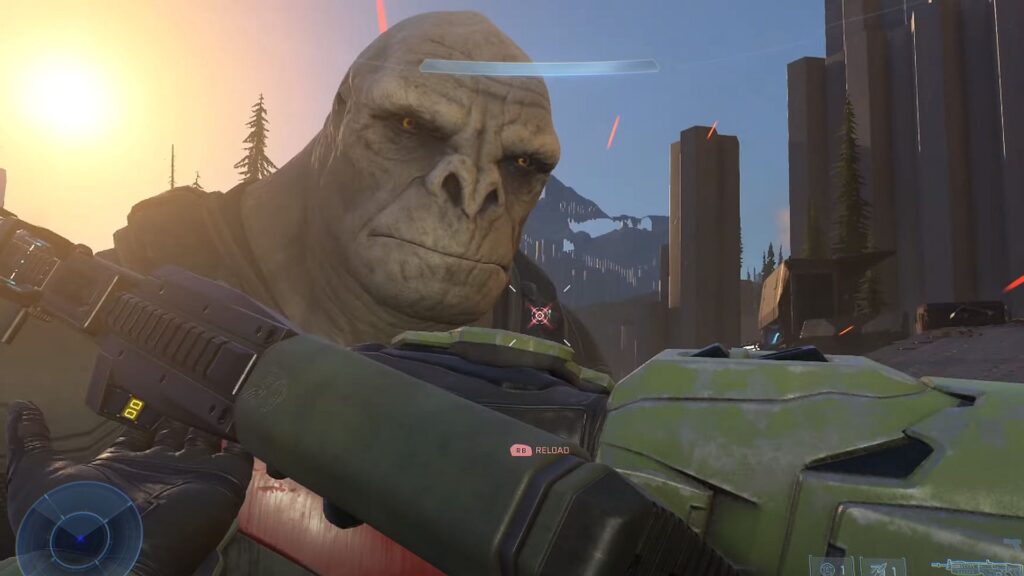
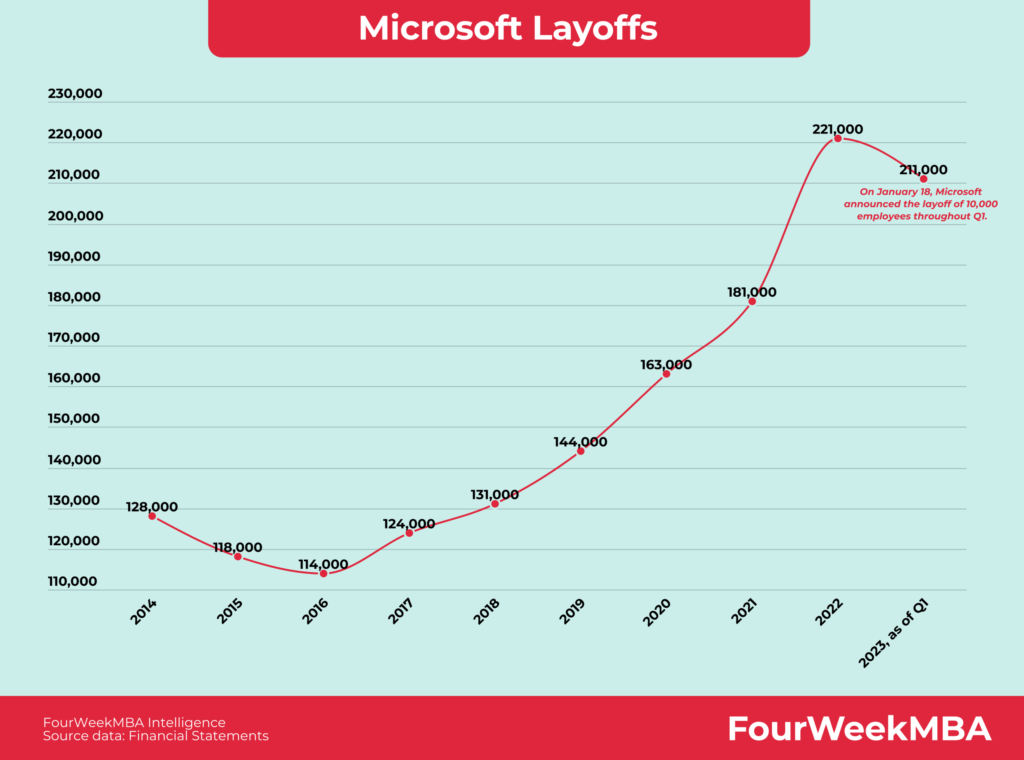
Microsoft has undeniably decided to disregard the Halo franchise (we all know about the massive layoffs), putting it in a strange state of hibernation in anticipation of further developments. These developments have subsequently materialized with greater interest towards other brands from the same company, notably Starfield. It is difficult to say what the future holds for Halo now. However, the current stagnation that the franchise is experiencing is a shame that I could have never imagined seeing for a brand that revolutionized the FPS genre on consoles.
N




